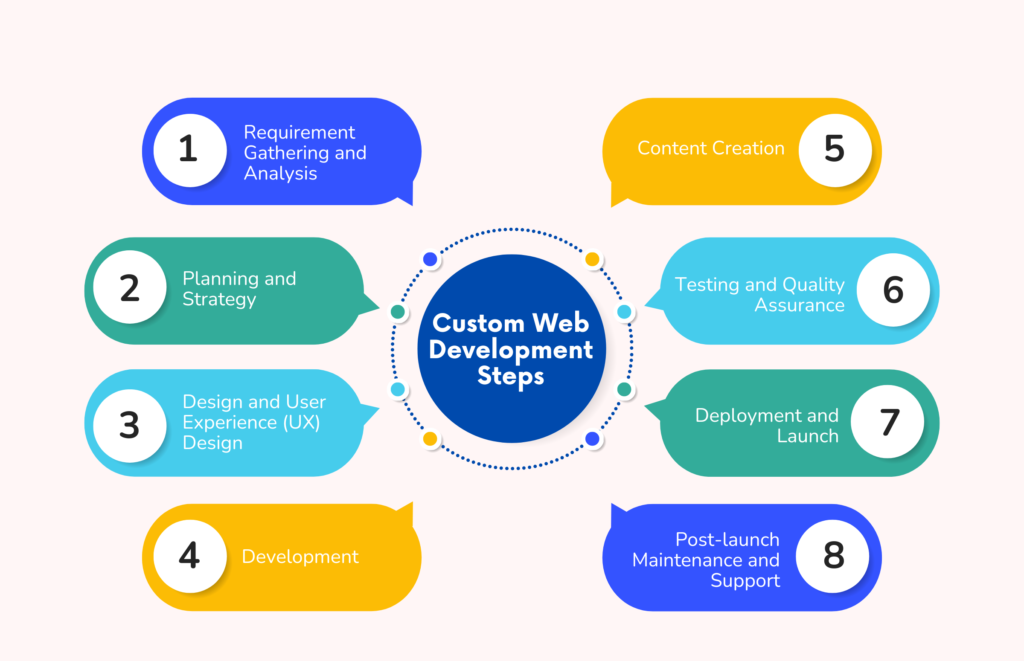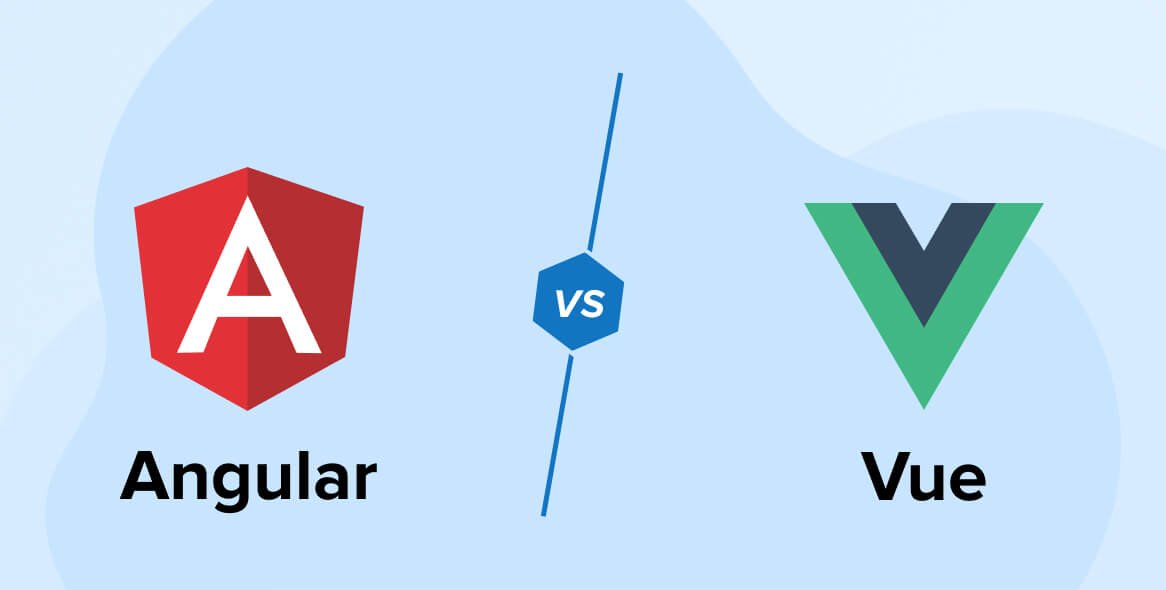Ecommerce is continuously evolving, and staying abreast of the latest trends is crucial for businesses aiming to succeed in the digital marketplace. The ecommerce sector specified in ecommerce website design & ecommerce web development is expected to exceed $7.5 trillion in sales by 2025, representing over 22% of global retail sales. As consumer behavior shifts and technology advances, several key trends have emerged that are shaping the future of online shopping. Implementing these trends can be a significant investment, but they offer the potential for high returns through increased sales and customer loyalty.
Overview of Ecommerce Website Design Trends
| Trend | Description | Estimated Implementation Cost |
| Omnichannel Shopping | Integrating multiple sales channels (online, mobile, in-store) for a seamless customer experience | $5,000 – $25,000 |
| Sustainable Practices | Incorporating eco-friendly practices and products to appeal to environmentally conscious consumers | $1,000 – $10,000 |
| Advanced Payment Options | Offering a variety of payment methods, including digital wallets and cryptocurrencies | $2,000 – $15,000 |
| Augmented Reality (AR) | Allowing customers to visualize products in their environment before purchasing | $10,000 – $50,000 |
| Artificial Intelligence (AI) | Using AI to personalize shopping experiences and optimize business operations | $10,000 – $100,000 |
Each of these trends requires an upfront investment but can significantly enhance the user experience and increase conversions.
In-depth Analysis of Each Trend

- Omnichannel Shopping: Businesses must create a unified customer experience across all platforms. This integration often involves upgrading inventory systems, training staff, and implementing new software solutions.
- Sustainable Practices: Including options to ecommerce website design like biodegradable packaging or products made from recycled materials. This can also involve auditing supply chains for sustainability.
- Advanced Payment Options: Incorporating technologies like blockchain for cryptocurrencies or setting up digital wallets like PayPal or Apple Pay can broaden the customer base and reduce cart abandonment rates.
- Augmented Reality (AR): AR technologies allow customers to see how a product would look in their space before buying, significantly enhancing the buying experience and reducing return rates.
- Artificial Intelligence (AI): AI can offer personalized shopping experiences, automate customer service through chatbots, and optimize inventory and logistics operations. The high cost typically comes from the need for data integration and sophisticated software development.
Ecommerce Growth in Austin
Austin’s economy is thriving due to a strong job market and the influx of tech companies. The city has seen a population increase of 1.8% over the past year. This economic vitality has led to substantial growth in the retail sector, making it a lucrative area for e-commerce.
- Robust Rent Growth: Annual rent growth stands at 7.2%.
- Increase in Construction: Over the past year, 2.8 million square feet of construction was recorded, indicating significant development activity.
Dallas-Fort Worth Ecommerce Dynamics
DFW remains a leader in retail development with steady leasing activity. The region achieved a sales volume of $661 million over the past year. Annual rent growth consistently outperforms the national average. The area has a cautious yet effective approach to expansion, maintaining its status as a top market for retail and ecommerce growth.
Case Study: Blueprints Digital Center
A Texas-based home decor retailer needed enhancement of online customer engagement and reducing return rates.
Solution: Implemented an AR feature that lets customers visualize furniture in their home setting
Outcome: Saw a 40% decrease in returns and a 20% increase in online sales
Future Plans: Exploring AI-driven personalization to recommend products based on browsing behavior and past purchases.
Ready to transform your e-commerce strategy? Blueprints Digital Center specializes in integrating the latest digital trends into your e-commerce operations. Contact us today to find out how we can help you capitalize on these exciting opportunities and drive your business forward.
FAQ’s
Q1: What is the most cost-effective e-commerce trend to implement for small businesses?
Omnichannel strategies can be relatively inexpensive and greatly enhance customer experience.
Q2: How do I measure the ROI of implementing these e-commerce trends?
Analyze metrics such as conversion rates, average order value, customer retention rates, and feedback.
Q3: How often should e-commerce platforms be updated with new features?
To stay competitive, consider bi-annual assessments of your platform to explore the integration of new technologies and consumer trends.
Q4: What are the risks of investing in high-cost technologies like AI and AR?
The primary risk is not achieving the expected ROI due to poor execution or lack of market readiness.
Q5: Can these e-commerce trends be implemented on a small scale before fully committing?
Yes, many of these technologies can be piloted in small, controlled scenarios to gauge effectiveness before full-scale implementation.




